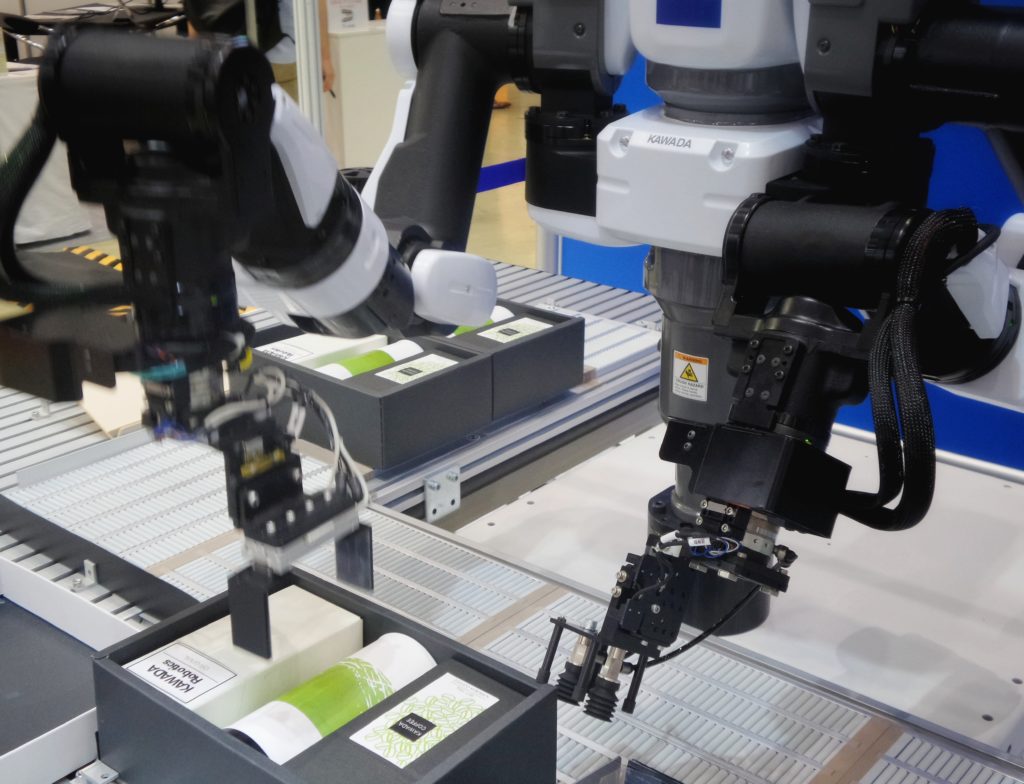Automation is rising in many sectors. While for most companies, the robots in the “robotic automation process” are not literal physical robots, the manufacturing industry has its fair share of them. That doesn’t mean, of course, that you only need to think about assembly line automation.
With the ongoing need to enhance processes while lowering costs, manufacturers turn to automation and Industry 4.0 technologies to boost efficiency.
Maybe it is time to resort to process automation for manufacturing, but how can you be sure it is the right time for your own company? Abrisuite and our partner CM&E can help you figure it out.
When the price of automation robots is low
While the price of manual labour is rising worldwide, robots are the cheapest they ever were. According to a 2017 article published at McKinsey&Company, costs have decreased as robot manufacturing has grown.
Over the last 30 years, the average robot price has dropped by half in real terms and considerably more when compared to workforce expenses. As demand from rising countries drives the production of robots to lower-cost locations, they can become even cheaper.
We know that automation is an investment, but it is better to rely upon good prices. The pandemic accelerated automation and brought lease and loan options for Canadian companies thinking of buying new equipment.
When the staff is ready for training
Implementing a new automated coworker doesn’t mean replacing your real, human employees with robots. What needs to happen is a cultural change, with staff working alongside the new technology.
If your employees are unsatisfied with repetitive tasks and are ready to take more responsibility, it is time to leave the annoying assignments to the robots and encourage the humans to be creative and innovative.
Our partners at CM&E developed a study with suggestions that can get the employees into the automation mindset.
- Developing closer business and post-secondary ties for learning programs;
- Addressing challenges with providing on-the-job training and upskilling;
- Providing more resources to expand business management and leadership training.
These recommendations are both for companies and the public sector, inspiring a healthier eco-system for automation’s unstoppable trend.
When your business tasks fit the automation requirements
There is no shortage of things that can be automated, and if your company relies on high volume, repetitive and solid tasks, it is time to automate.
Zapier, a business that develops automation software, launched a brand new report stating that 94% of American workers say their tasks are repetitive. The company states that its automation makes skilled workers happier at the workplace. This tracks: not only having humans do repetitive tasks is bad for business, but it also makes employees unhappy.
If this is the situation of your company, it is time to start planning to implement automation.




